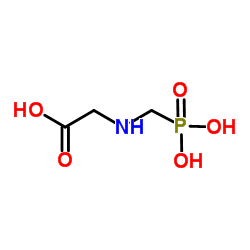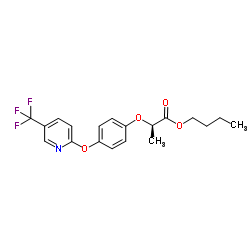| 结构式 | 名称/CAS号 | 全部文献 |
|---|---|---|
 |
草甘膦
CAS:1071-83-6 |
|
 |
精吡氟禾草灵
CAS:79241-46-6 |
|
 |
吡氟禾草隆
CAS:69806-50-4 |